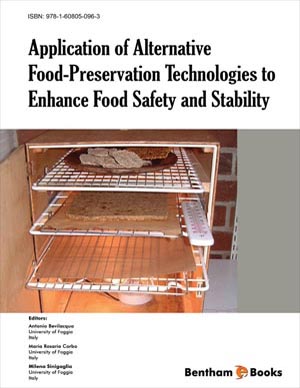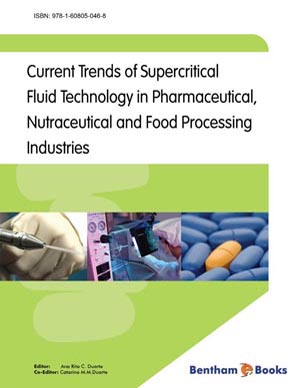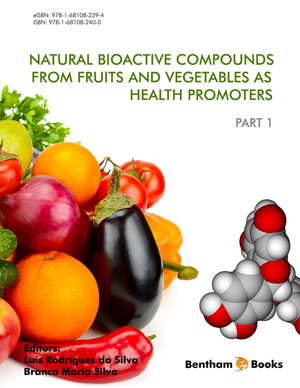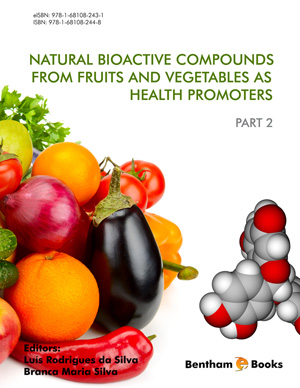Abstract
Sack cheese is a highly regarded traditional cheese matured anaerobically in lambskin, still produced in local communities in the south of Croatia (Dalmatian region). Even though the production has been adapted to new technologies, the basic production parameters and cheese properties remain unchanged and unique. Lambskin cheese is prepared from unpasteurised sheep's, cow's and goat's milk and their mixtures, according to the technology of semi-hard cheese production, without the addition of starter cultures. Milk is acidified with its natural microflora. The specific characteristic of this cheese is an anaerobic maturation that takes about 2 months in lamb or goatling skin locally called a sack. Due to the intense processes of lipolysis and proteolysis during ripening, mature cheeses have a specific and highly appreciated spicy flavour and aroma. According to the moisture content in the non-fat dry substance, these cheeses may belong to a group of hard or semi-hard cheeses, and by the fat content in the total dry matter, they may be full or reduced fat cheeses. Production of sack cheese takes place in small batches on family farms and has a mostly local character. The best way to preserve specific quality of traditional cheese is to use an indigenous starter culture, however, lambskin cheese is traditionally produced without adding one. Biochemical analysis of milk, used for lambskin cheese, identified indigenous bacterial species, among which the most important are Lactobacillus plantarum, Lactococcus lactis, Lactobacillus curvatus and Staphylococcus xylosus.
Keywords: LAB, Lambskin, Ripening, Sack cheese, Starter culture.







